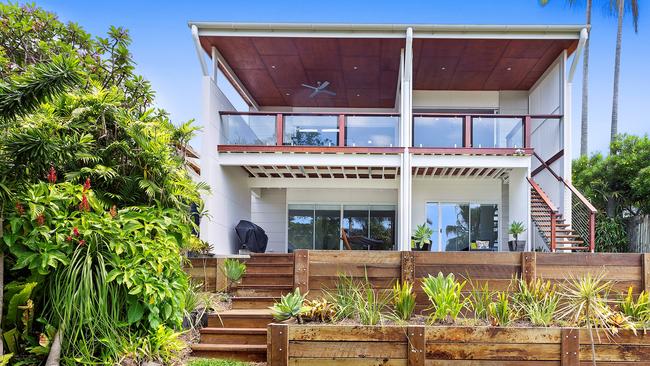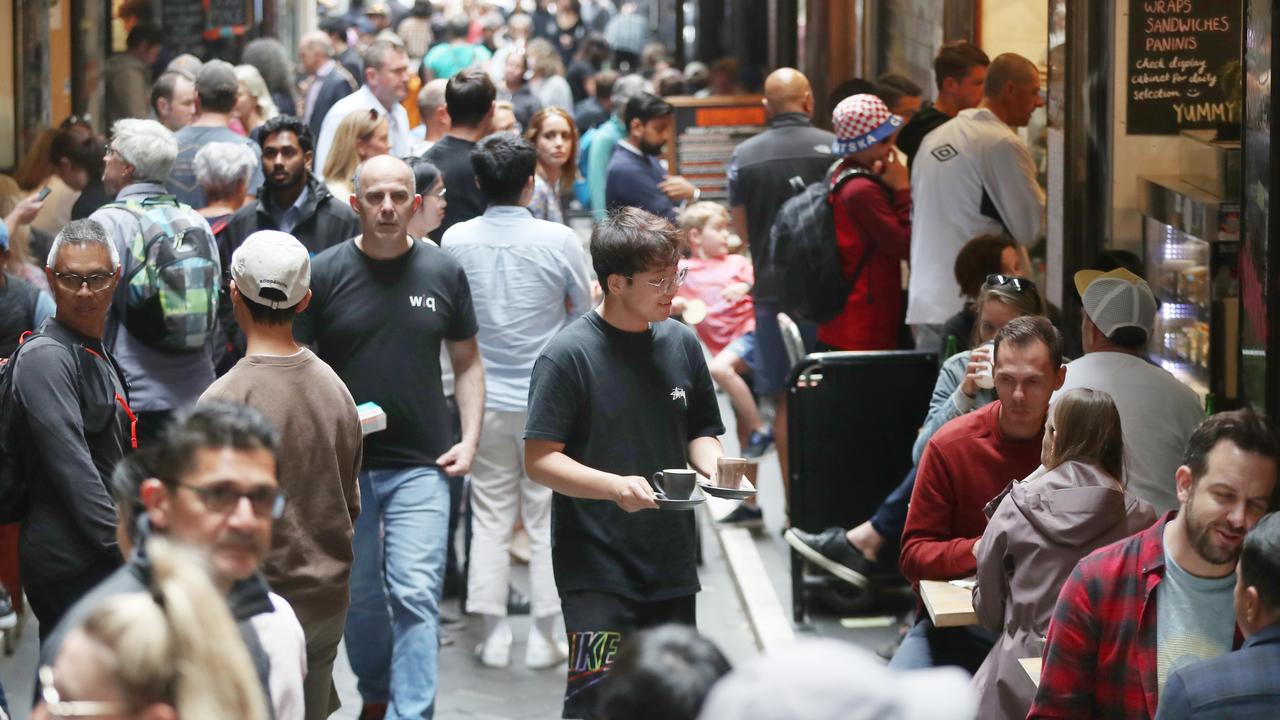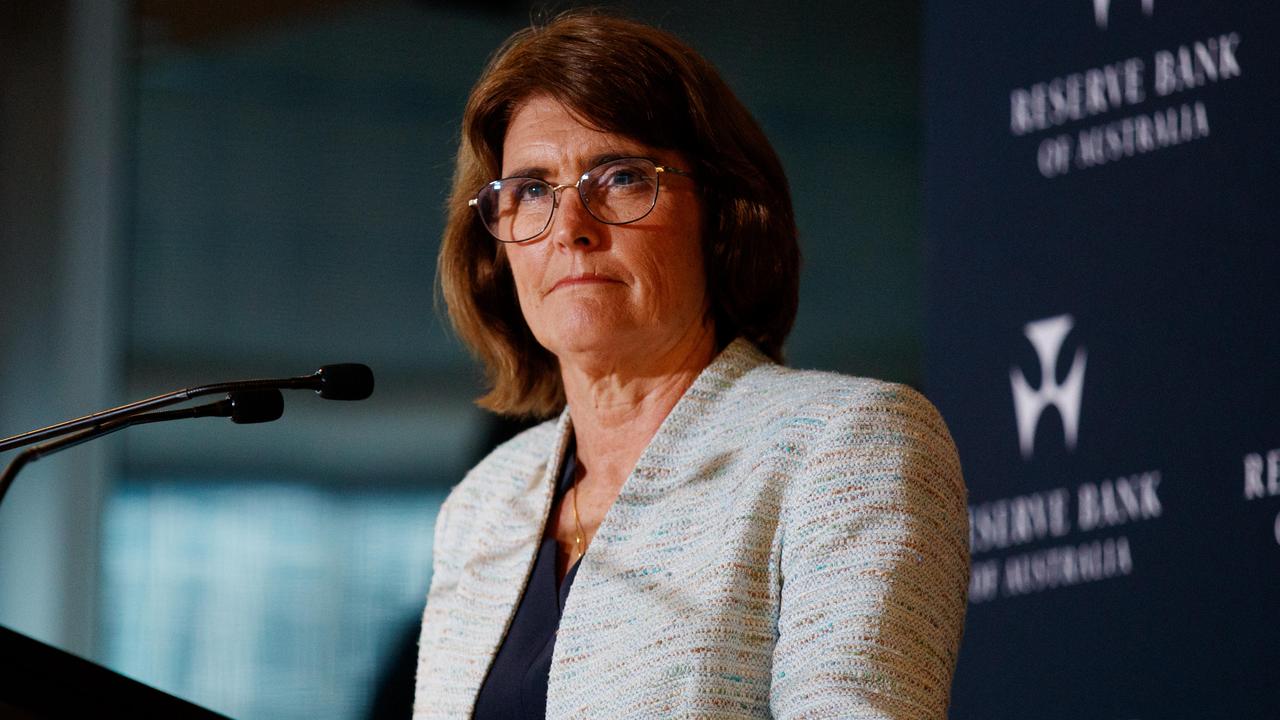RBA leaves cash rate on hold in October
THE RBA has kept the official cash rate on hold, a day after September data revealed the first fall in Sydney prices in 17 months.

Interest Rates
Don't miss out on the headlines from Interest Rates. Followed categories will be added to My News.
THE Reserve Bank has left the official cash rate on hold at its historic low of 1.5 per cent for the 14th month in a row.
It comes a day after CoreLogic data for the month of September showed Sydney prices falling for the first time in 17 months, while home prices across Australia’s other capital cities edged only marginally higher.
“Growth in housing debt has been outpacing the slow growth in household incomes for some time,” RBA Governor Philip Lowe said in his statement.
“Following some tightening in credit conditions, growth in borrowing by investors has slowed a little recently. In Sydney, where prices have increased significantly, there have been further signs that conditions are easing.”
The RBA last cut the cash rate in August 2016, following an earlier cut to 1.75 per cent in May. There has not been an official cash rate increase since November 2010.
The decision to hold at October’s board meeting was widely predicted by economists and experts, with most predicting rate rises some time in the middle of next year or later.
CoreLogic head of research Tim Lawless said the RBA would view the slowdown in the housing market as a “welcome outcome” and confirmation that crackdowns on interest-only and investor lending by the banking regulator have “done the heavy lifting”.
“CoreLogic’s hedonic home value index reported the first month-on-month decline in Sydney dwelling values since March last year when the previous round of APRA regulatory changes were flowing through to credit policies and reducing investor participation,” Mr Lawless said.
“That previous slowdown in housing market growth reversed when the cash rate was cut in May and August last year and investment credit growth accelerated.
“No such lifeline is likely to eventuate this time around, and in all likelihood, we will continue to see the trend rate of growth easing across the Sydney and Melbourne housing markets.”
Mr Lawless said while the outlook for the domestic economy had improved, growth in wages and inflation were subdued. “Additionally, a cooling housing market should ease some of the pressure on the Reserve Bank to push the cash rate higher,” he said.
“Given that debt levels are at record highs relative to household incomes, household demand is likely to be sensitive towards higher interest rates.”
AMP Capital chief economist Dr Shane Oliver said the next move in the cash rate was likely to be up, but “for now the downside risks are still significant and as such we remain of the view that it’s way too early to start raising rates just yet”.
“Improving global growth, strong business confidence and jobs growth, the RBA’s own expectations for a growth pick up and already high levels of household debt argue against a rate cut,” he wrote in a client note this week.
“But record low wages growth, low underlying inflation, the impending slowdown in housing construction, risks around the consumer and the strong Australian dollar argue against a rate hike.”
The national median house price is now 8 per cent higher than a year ago at $540,647, while the combined regional price is $350,471, up 5.6 per cent.
Sydney’s median price is up 10.5 per cent to $909,613, Melbourne 12.1 per cent to $703,816, Canberra 12.6 per cent to $580,043, Brisbane 2.9 per cent to $490,208, Adelaide 5 per cent to $429,583, and Hobart 14.3 per cent to $391,618.
Of the capital cities, only Perth and Darwin have gone backwards, with the median price in Perth down 2.9 per cent on a year ago to $462,783 and Darwin down 4.7 per cent to $445,516.
Originally published as RBA leaves cash rate on hold in October



